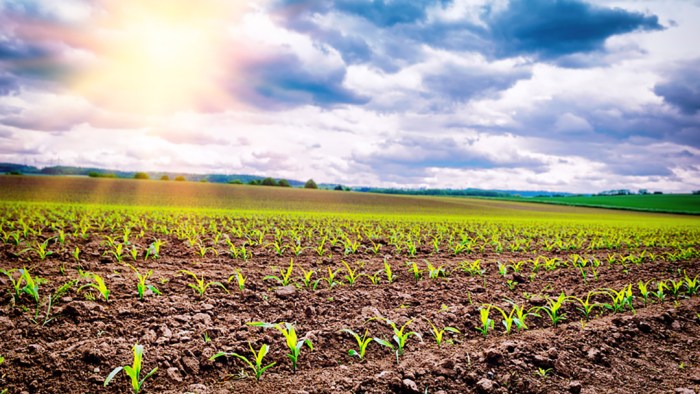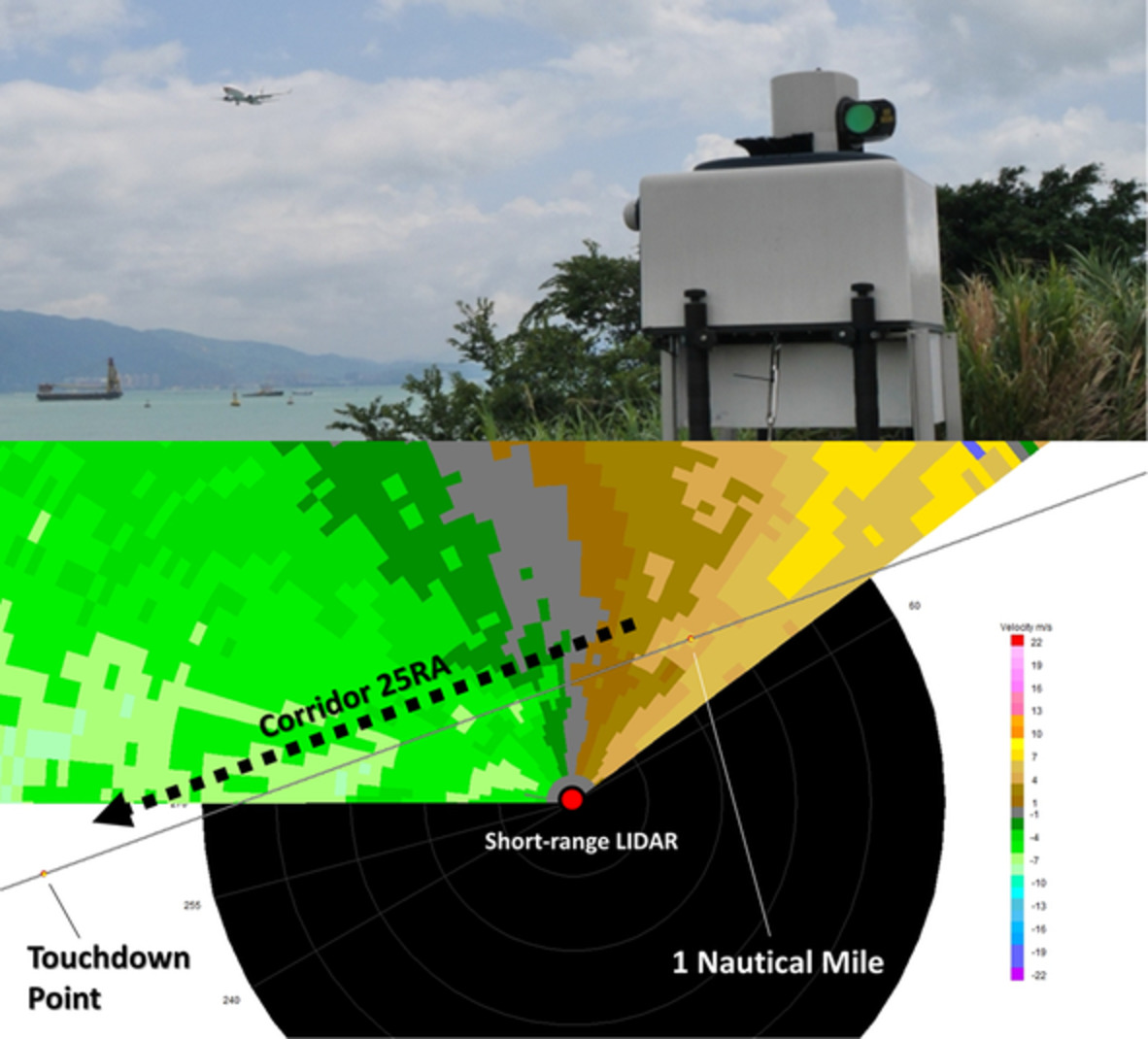The atmosphere an introduction to meteorology 14th edition – The Atmosphere: An Introduction to Meteorology, 14th Edition, sets the stage for this enthralling narrative, offering readers a glimpse into a story that is rich in detail and brimming with originality from the outset.
This comprehensive guide delves into the intricacies of the Earth’s atmosphere, providing a thorough understanding of its composition, structure, and dynamics. Through engaging prose and meticulously crafted explanations, the book unravels the mysteries of atmospheric pressure, wind patterns, moisture, precipitation, and severe weather events.
Introduction to the Atmosphere

The atmosphere is the layer of gases that surrounds the Earth. It is composed of a mixture of gases, primarily nitrogen (78%), oxygen (21%), and argon (0.93%). The atmosphere also contains trace amounts of other gases, such as carbon dioxide, water vapor, and methane.
The atmosphere is divided into several layers, each with its own unique characteristics. The troposphere is the lowest layer of the atmosphere, extending from the Earth’s surface to a height of about 10 kilometers. The troposphere is where most weather occurs.
Above the troposphere is the stratosphere, which extends from about 10 kilometers to 50 kilometers above the Earth’s surface. The stratosphere is home to the ozone layer, which protects the Earth from harmful ultraviolet radiation.
Above the stratosphere is the mesosphere, which extends from about 50 kilometers to 85 kilometers above the Earth’s surface. The mesosphere is a region of cold, thin air.
The thermosphere is the outermost layer of the atmosphere, extending from about 85 kilometers to 600 kilometers above the Earth’s surface. The thermosphere is a region of hot, thin air.
Atmospheric Pressure and Wind

Atmospheric pressure is the weight of the air above a given point. Atmospheric pressure decreases with altitude, as there is less air above a given point at higher altitudes.
Wind is the movement of air from an area of high pressure to an area of low pressure. The Coriolis effect, which is caused by the Earth’s rotation, deflects wind to the right in the Northern Hemisphere and to the left in the Southern Hemisphere.
The prevailing winds are the winds that blow in a consistent direction over a large area. The prevailing winds are determined by the Earth’s rotation and the distribution of land and water.
Moisture and Precipitation: The Atmosphere An Introduction To Meteorology 14th Edition

Water vapor is the gaseous form of water. Water vapor is present in the atmosphere in varying amounts, depending on the temperature and humidity.
Evaporation is the process by which water changes from a liquid to a gas. Condensation is the process by which water vapor changes from a gas to a liquid.
Precipitation is the process by which water falls from the atmosphere to the Earth’s surface. Precipitation can occur in a variety of forms, including rain, snow, sleet, and hail.
FAQs
What is the composition of the atmosphere?
The atmosphere is primarily composed of nitrogen (78%), oxygen (21%), and argon (0.9%). Trace amounts of other gases, such as carbon dioxide and water vapor, are also present.
How does atmospheric pressure vary with altitude?
Atmospheric pressure decreases exponentially with altitude. This is because the weight of the air above a given point decreases as altitude increases.
What causes wind?
Wind is caused by differences in atmospheric pressure. Air flows from areas of high pressure to areas of low pressure.
How do clouds form?
Clouds form when water vapor in the air condenses into tiny water droplets or ice crystals.
What is climate change?
Climate change refers to long-term changes in the Earth’s climate system, primarily driven by human activities that release greenhouse gases into the atmosphere.

